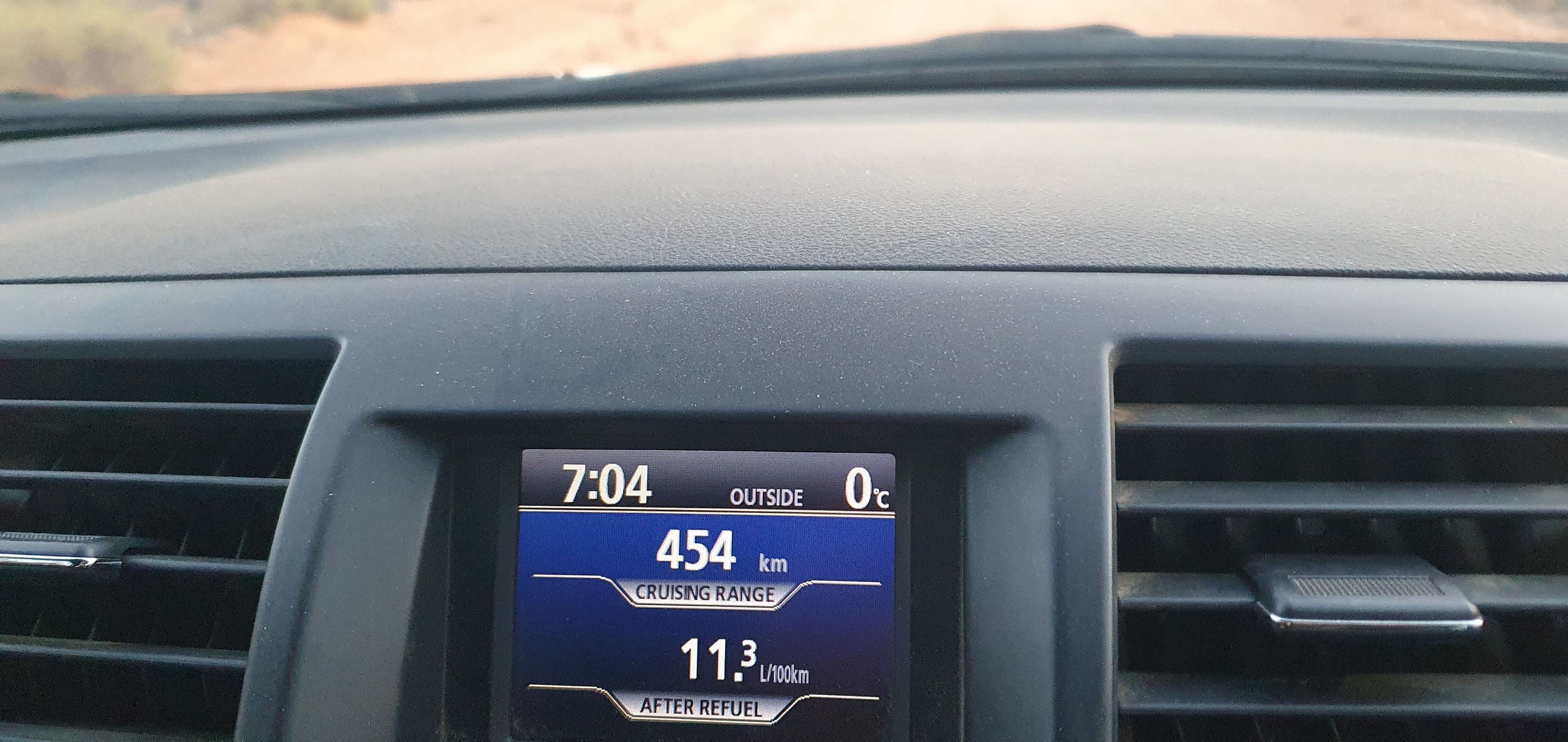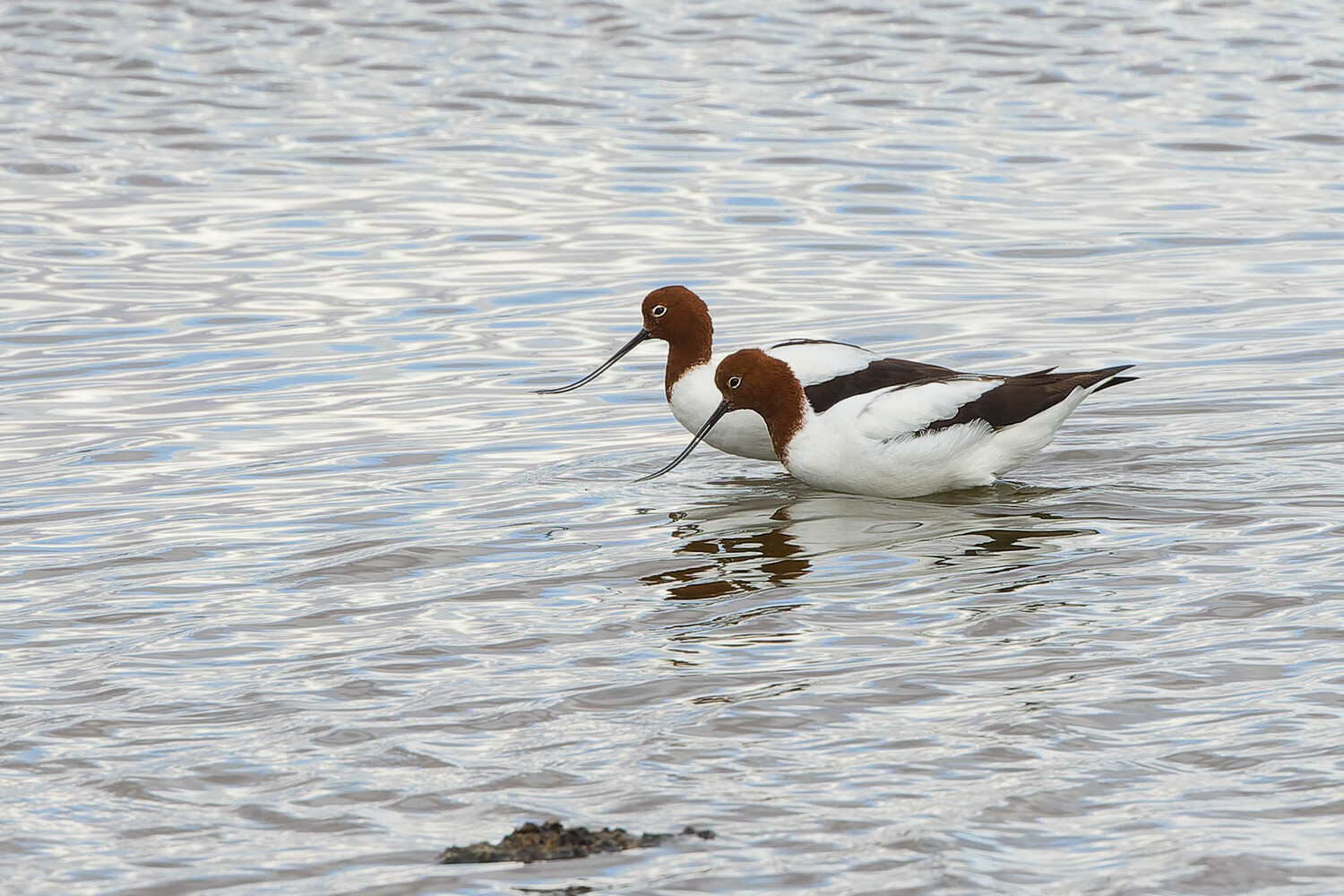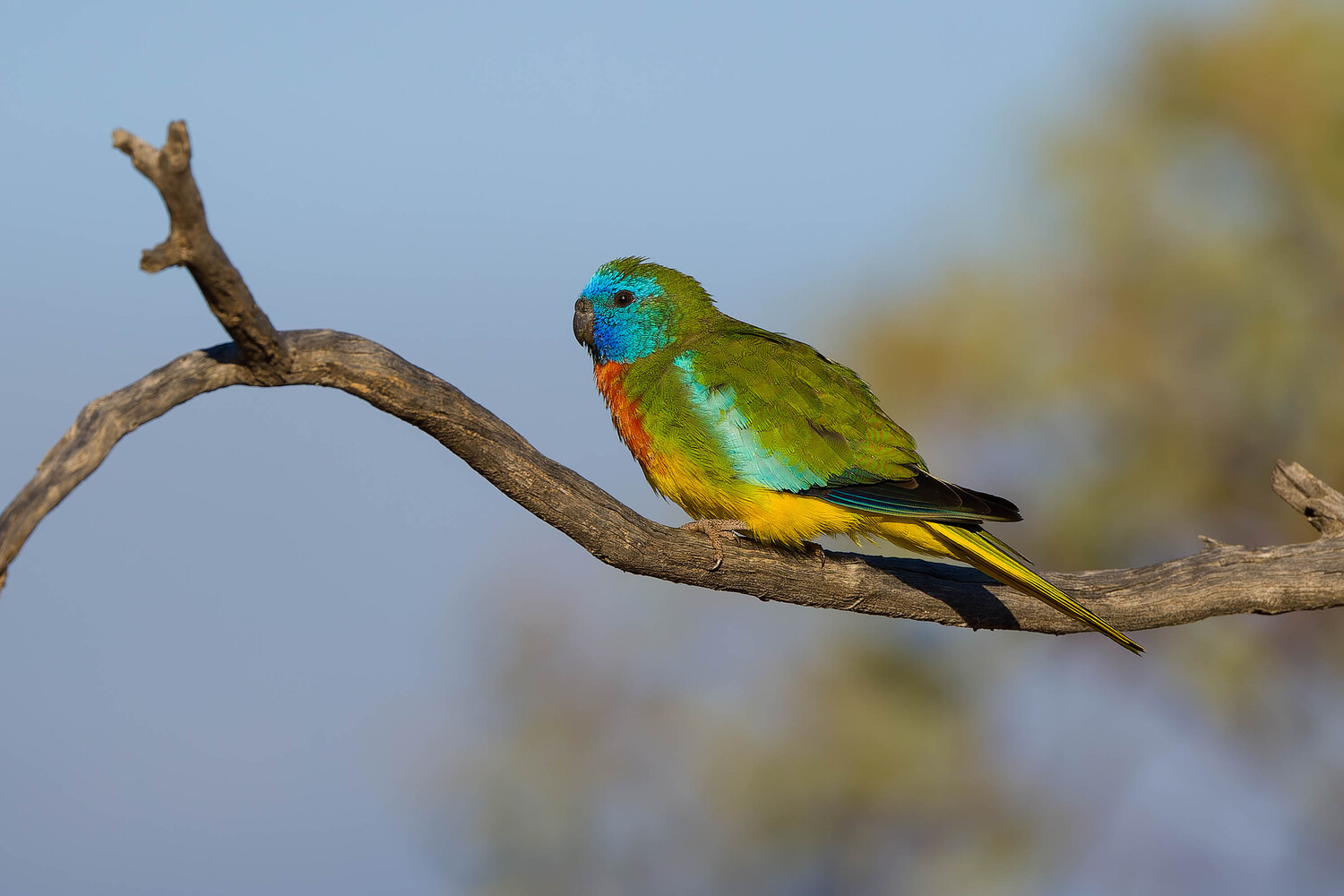What could be better than a “Red Letter day”? Perhaps a “Scarlet Letter day”!
There are good arguments that South Australia’s two best birds are Scarlet-chested Parrot and Letter-winged Kite. It’s true, neither is endemic, but in a straight shoot-out between either of these and any other contenders you’d be hard-pressed to make a case otherwise: Chestnut-breasted Whiteface vs SCP? No contest. Letter-winged Kite vs Short-tailed Grasswren? OK, Grasswrens are good, but when it comes down to it you’d need to pass over a stunning, rare raptor in favour of a little-brown skulker? I suppose you could also nit-pick that these days SW Qld is a better place for LWK than SA, or that Grey Falcon could give it a run for its money, but IMHO Letter-winged Kite’s rarity, ghostly beauty, and status as the world’s only nocturnal raptor win the day.
Both of these crackers are outstanding members of their respective families, fabulous looking denizens of the outback, scarce and nomadic. South Australia is the only place in the world where you might get the chance to see both in one trip. So when the chance to see both in a one day trip from Adelaide presented, surely this was a once-in-a-lifetime opportunity. Thus, despite neither being a lifer I found myself heading to the Riverland for the 4th time in just a couple of months.
The Scarlets had in fact been available at Gluepot for a while. Back in Feb I made two trips in quick succession (and blogged about them here). A fortnight later in March, with the long weekend unexpectedly available while Nikki visited the girls in Sydney, I made another (guilt-free!) trip. This last time I missed the parrots but had some lovely encounters with several Striated Grasswrens which appear to be making a welcome comeback into Gluepot after several years’ absence.
Since February, the flock of a dozen or so SCP had swollen, with some reports of up to 100 birds. Unprecedented, and probably never to be repeated. I was already contemplating a trip just to experience this event, but recent reports of a pair of LWK not far from Loxton — well south of normal range — got me thinking about a double-twitch.
An early start was necessary to get to Gluepot by early morning. I was up at 3.30, and on the road by 4am. There was a glow in the east as I crossed the River Murray on the Waikerie Ferry, but sunrise did not actually happen until I was approaching Gluepot on the corrugated track through Taylorville Station. It was rather chilly outside!

By 7.30 I’d arrived at the small 2-car pull-in at the Malleefowl Walk in the reserve’s east. Another birder there had evidently already had a look but had come back to his vehicle empty-handed. Maybe it was still too cold for them? Unconcerned at his lack of immediate success, I walked into the low regrowth and barely 50m from the car a small group of parrots quietly flushed across the track. Well, that was easy! I called to the other birder and we followed them a further 100m, finding a group of around 10 Scarlet-chested Parrots “lerping” (picking sweet, crystallised honeydew from eucalyptus leaves), and preening in the soft morning light.



They were present for 20 minutes or so before flying off north-east, and we were unable to relocate them. Eventually I decided to walk up towards the Oil Line where there was another area of low scrub and mallee regrowth that they seemed to favour for feeding. As I walked north along Track 8 the volunteer ranger Tim passed me going in the other direction. He hung out the window and directed me to the very place I was already heading; he’d just left a flock of 20 or so birds about 500m along the Oil Line Track, and was doing some rounds to alert any other birders who might need directions.
I stepped up my pace and arrived to find a dozen or so SCP feeding on the ground more or less where Tim had said. Two other birders/photographers were here and we were soon joined by Tim and 4 others that he’d rounded up.
At any one moment, several of the tiny, stunningly beautiful parrots would be visible, running between low bushes, picking seeds from the ground and from low salt-bush, and pretty-much oblivious to our presence. At times I found myself barely a metre or two from a bird that had scurried over towards me, or flown gently to a low perch next to my quiet vigil. Occasionally a disturbance would flush a couple up to some of the dead branches, and a couple of times they were followed by many others. Only then did we realise just how many birds were concentrated into his small area — I counted at least 70 and maybe as many as 100 birds. It was a real privilege to be so close to such a beautiful and rare bird that I had only seen twice before; moments to savour for a lifetime.
I only observed a few adult males, and failed to get he quintessential frame-filler of a male’s scarlet chest. Most birds were either females or young males whose brilliant red gorgets were in varying states of development. This was only a minor disappointment, and, as I kept telling myself, I am a birder, not a photographer, and this was about the experience not the images.







By late morning the best of the light was past (no, I’m not a photographer, but hey!) and I needed to leave Gluepot to allow enough time to find my next target. Back onto the bitumen at Goyder Hwy I turned east and travelled the hour or so to Berri where I crossed the River Murray. Lots of water left over as the floods have receded was providing great hunting for dozens of egrets and herons, though I did not stop (and in retrospect perhaps should have — both White-necked Heron and Intermediate Egret have been reported from here recently, the latter a potential state tick). Just a few km south of Berri the river-irrigated agriculture gives way to dusty, dry mallee country and I bombed even further east on unsealed roads toward the Victorian border. I flushed Bluebonnets regularly from the roadside mallee trees but still did not stop, wanting to maximise the daylight available for target #2. I did pause briefly at the lakes on the western edge of Noora Basin, where some beautiful Red-necked Avocet where feeding, and decided to return here later if time allowed.

The contrast between the Riverland horticulture near the Murray, the cleared, dry mallee agriculture — grains and sheep — to the south, and the “proper” mallee to the east is most starkly seen in this satellite view. The Noora Basin is the area of salt pans and lakes in the middle, while the excellent dense mallee is all over on the Victorian side where Murray-Sunset National Park abuts the SA border. It’s also possible to get sense of why Letter-winged Kites might have chosen Noora Basin south of their usual range for a temporary “home”: it bears a fairly striking resemblance to their favoured areas in the channel country of sparsely wooded low trees near ephemeral creeks.


The bustling metropolis that is Taldra comprises a grain silo, a farm, a church and a post office, and a population of 57 (according to the 2021 census, though I did not see another soul). At 3pm I pulled up about 1km south of the silos where a cluster of ebird red pins indicated reports of Letter-winged Kites over the last week. The area was certainly attractive to raptors. Within seconds I’d found a Nankeen Kestrel and a pair of Brown Falcons (a nest right next to the road) and then my heart was set racing as I saw a grey and white raptor perched on a dead branch. No, just a Black-shouldered Kite. Still beautiful of course, but common, less interesting and not what I was looking for. I’d seen unequivocal photos of LWK on ebird, so at least I was not out here in the sticks wondering if my predecessors were stringing, but the presence of BSKs would certainly complicate my search. Another very distant white blob turned out to be a Pied Butcherbird when I got the scope on it, and then I saw another BSK land in a tree and hunker down on a nest about 300m east of my position.
I gave up scanning here and drove north of the village (more Bluebonnets) but returned to the spot south because this was where the only likely trees were, and also where there was at least a concentration of raptors, and therefore presumably a plentiful supply of small mammals. Unlike these other birds, Letter-winged Kites are nocturnal hunters and spend the day loafing around. If they were roosting in the denser trees 300m away I might struggle to see them at all.
Growing tried of scanning only to see the same birds and species, I was distracted for a few minutes by my phone. I looked up to see another white raptor over near the BSK tree, but this one had a different jizz, and as soon as I locked my bins onto it I realised that seemingly from nowhere I now had a Letter-winged Kite! It was swooping one of the denser trees and as I watched, a Kestrel took to the wing also, presumably the reason the Kite had flushed. I fired off a sequence of photos which showed unequivocally the bold black underwing bars that are the most obvious distinguishing feature, and then proceeded to watch through bins ands scope. The flight was quite different from BSK, longer-winged provoking “lazier”, deeper wingbeats.

I was then excited to see it fly closer to the road, passing overhead a couple of times, roosting on a dead tree about 100m away, and allowing cracking photos and phone-scoped video.





At one point I had LWK in one tree and BSK in the next, and took some phone-scoped 4K video on my Samsung 10e, at about 100x magnification, later stabilised using VirtualDub and Deshaker 3.1 (see my blog about phone scoping here). I even managed to capture the moment that it was flushed by the BSK claiming its roost spot!
The sun had been in-and-out behind clouds all afternoon and I waited until it burst from below some ominous dark grey clouds in the west for my final photos, then prized myself away. Well, almost. Just as I went to drive off a rainbow appeared in the west and I positioned the car to get my final pic of a Letter-winged Kite and the end of the rainbow. Three cautiously-driven hours later I rolled into the driveway at home where the girls had saved me some take-away curry. All in all, a cracking day, definitely worth blogging about!





Lovely to read of your passion, Ian. I’d call you both a birder and a photographer!
Thx Karen! I think I take reasonable photos, but I always try to ensure it’s about the experience, not the image 🙂